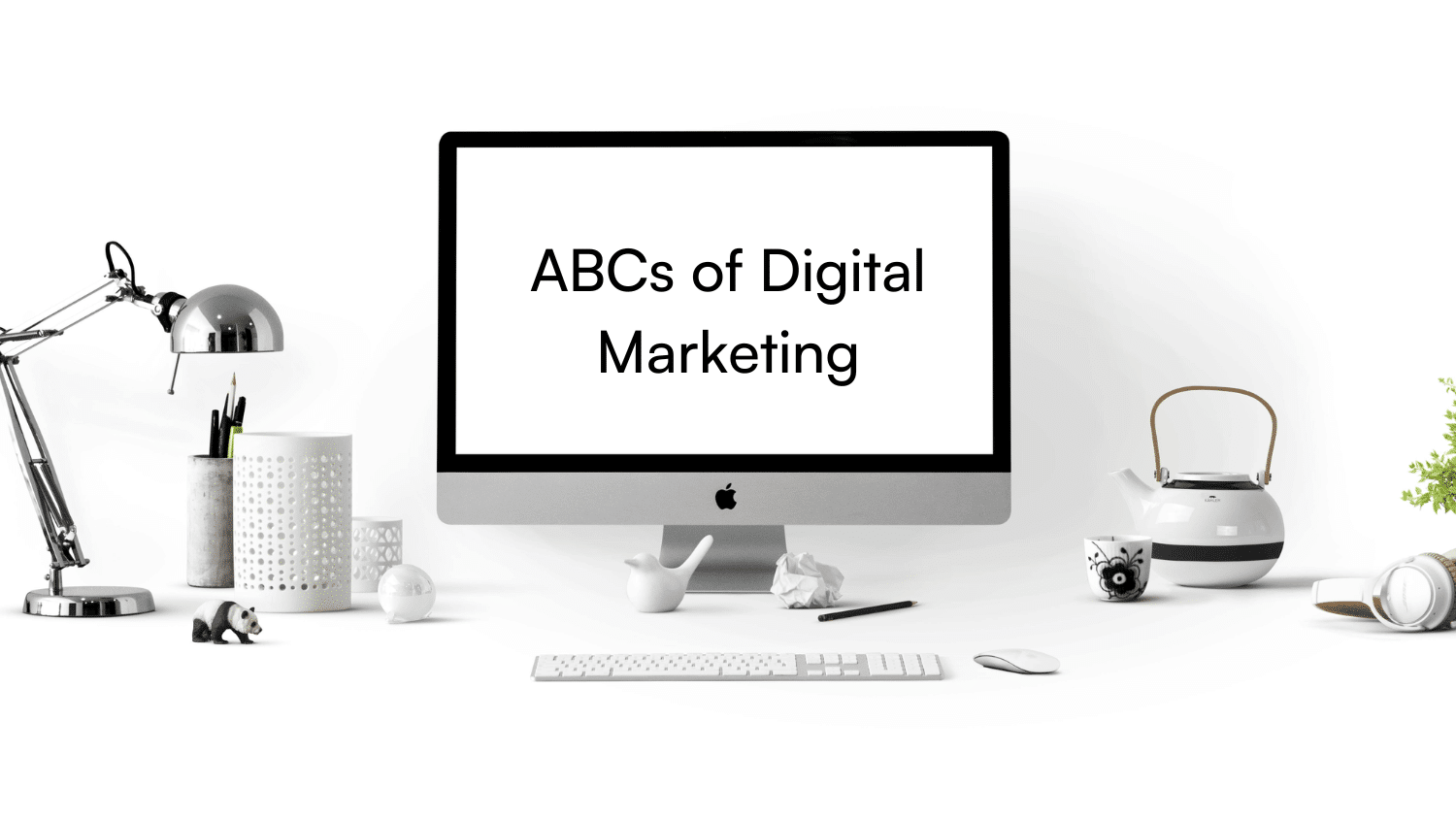Every war has its weapons and every revolution has its fuel. The French had its cake, the American had its tea and the Digital has its Ps. To cover all the bases, let’s get to know a new concept of Digital Marketing Revolution- 7 Ps of digital marketing. To start with the basics, there are 7 Ps of digital marketing- Product, Price, Place, Promotion, People, Process and Physical Evidence.
The 7 Ps of digital marketing refer to a framework that outlines the key elements that should be considered when developing a comprehensive digital marketing strategy. The 7 Ps are:
1. Product
This refers to the actual product or service being offered, including its features, benefits, and unique selling points. In the digital realm, it also includes the digital product experience, such as user interface, functionality, and overall user experience.
Example: Apple offers various digital products, including the iPhone, iPad, and MacBook, along with services like iCloud and Apple Music. Each product is designed to meet different consumer needs and preferences.
2. Price
Pricing strategies play a crucial role in digital marketing, as customers can easily compare prices online. It involves determining the optimal pricing model, offering promotions or discounts, and communicating the value proposition effectively.
Example: A subscription streaming service might offer a free trial period to entice users to sign up for a paid membership.
3. Place
In digital marketing, “place” refers to the various online channels and platforms where products or services are promoted and made available to customers, such as websites, e-commerce platforms, social media, and mobile apps.
Example: Amazon distributes its products through its e-commerce platform, allowing customers to purchase items online and have them delivered to their doorstep. Amazon also uses physical stores and lockers for additional pick-up options.
4. Promotion
Promotion encompasses all the digital marketing tactics and campaigns used to promote products or services, including content marketing, search engine marketing (SEM), social media marketing, email marketing, influencer marketing, and online advertising.
Example: Coca-Cola uses digital promotion through social media campaigns, influencer partnerships, and online ads to engage with their audience. For instance, their “Share a Coke” campaign personalized bottles with popular names, encouraging customers to share their experiences on social media.
5. People
People refer to the individuals involved in the digital marketing process, including customers, employees, influencers, and other stakeholders. It involves understanding their needs, preferences, and behaviors to create personalized and engaging experiences.
Example: The retailer has a dedicated customer service team available through live chat, phone, and email to help with orders, returns, and inquiries, providing personalized support.
6. Process
Process refers to the systems, workflows, and procedures involved in executing and optimizing digital marketing strategies. This includes lead generation, customer relationship management (CRM), content creation and distribution, data analysis, and campaign management.
Example: Uber’s process for booking a ride involves a seamless app experience where users can request a ride, track the driver’s location in real-time, and pay automatically through the app. The entire process is designed to be user-friendly and efficient.
7. Physical Evidence
In the digital realm, physical evidence relates to the tangible elements that support and reinforce the brand’s online presence, such as website design, user interface, customer reviews, and digital assets (e.g., videos, images, and graphics).
Example: An e-commerce site like Etsy provides physical evidence through customer reviews, high-quality product photos, and detailed descriptions. When customers receive their handmade items, the packaging and any included thank-you notes further enhance the physical evidence of the purchase experience.
By considering and effectively managing these 7 Ps of digital marketing, businesses can create a comprehensive and cohesive digital marketing strategy that meets customer needs, delivers a seamless brand experience, and ultimately drives business success in the digital landscape.


